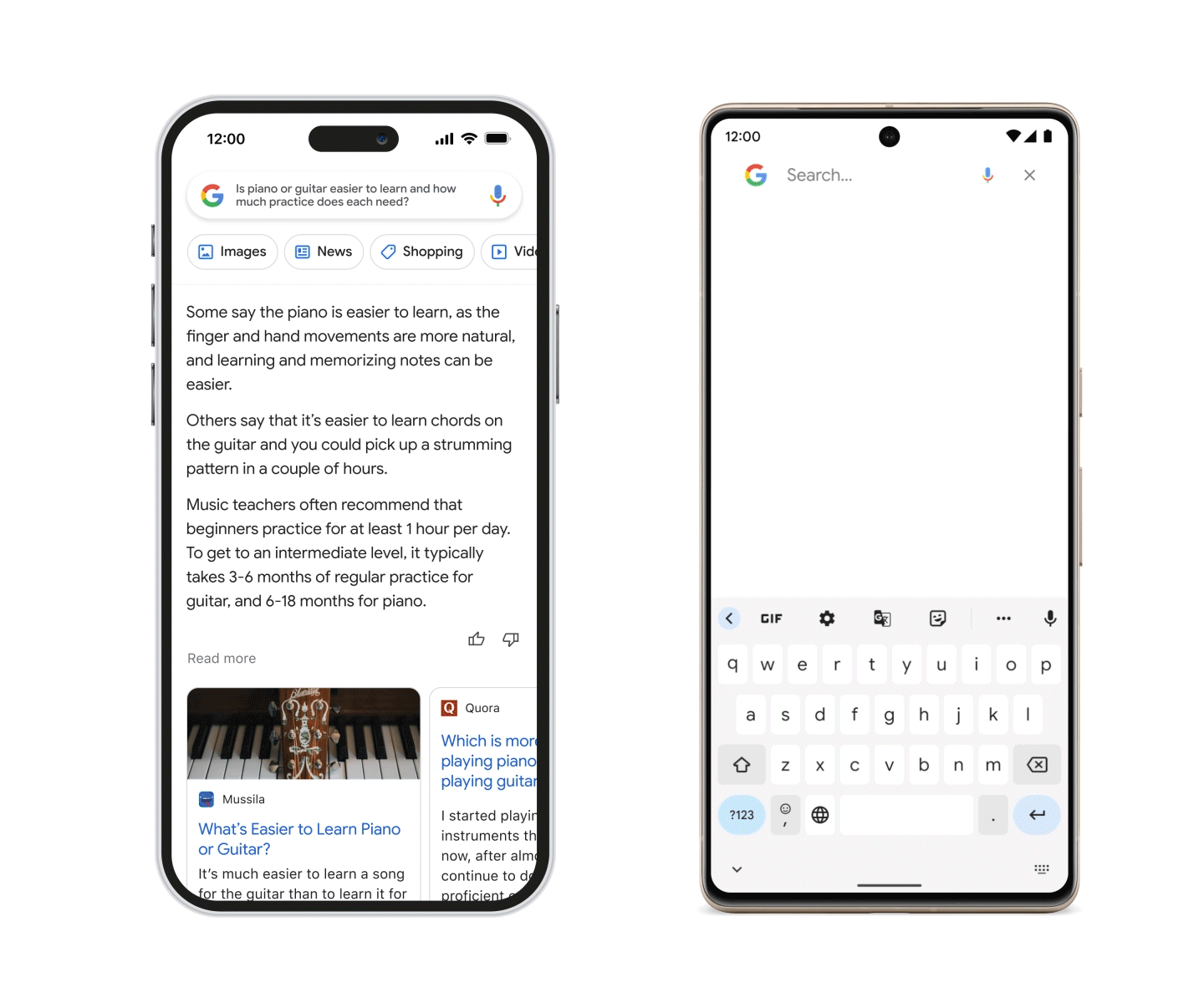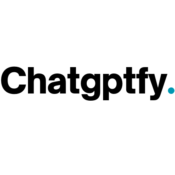The field of AI has witnessed remarkable progress, and natural language processing (NLP) is no exception. Chatbots and virtual assistants have become an integral part of our daily lives, assisting us with everything from booking a flight to ordering food online. Two of the most prominent NLP models are ChatGPT and Google BARD.
ChatGPT and Google BARD both employ deep learning techniques to understand natural language and provide accurate responses to user queries. However, there are significant differences between the two models, including their architecture, training data, and the scope of their applications.
In this blog, we will take a closer look at ChatGPT and Google BARD, their features, strengths, and weaknesses, and compare their performance in different scenarios. By the end of this blog, you will have a better understanding of which NLP model suits your needs and preferences.
Table of Contents

What is ChatGPT?
ChatGPT is a chatbot powered by AI specializing in communicative activities to respond to user inquiries. On November 30, 2022, OpenAI launched ChatGPT. Sam Altman, CEO of OpenAI, reported that ChatGPT had a million users in only five days.
ChatGPT uses the GPT-3 language model, which was trained using online text written by people. ChatGPT applies this language model for creating user-requested answers.
The following are examples of common ChatGPT material produced by AI:
- Computer code.
- Product summaries.
- Blog entries.
- Draft emails.
- Summaries of meetings, podcasts, and transcripts.
- Clear explanations of complex subjects.
- Legal briefs.
- Translations; humorous or memetic content.
- Postings on social media.
Concerned about ChatGPT delivering persuasive writings, academics and teachers pondered how to deter students from cheating. In response, OpenAI in January 2023 unveiled a new AI text classifier.
What is Google Bard?

Google Bard leverages Google’s Language Model for Dialogue Apps and replies from the internet (LaMDA). Bard will answer inquiries in greater depth than the ordinary Google search via this language paradigm. LaMDA’s second, lighter iteration requires fewer CPU resources, allowing for increased user capacity and feedback-gathering.
Beta testing for Google Bard is now underway.
With digital assistants like Alexa and Siri, Bard’s main objective is to obtain information in a straightforward response rather than a search engine results page, but with links for consumers to find out more. Bard will also be your personal assistant, helping you with errands like making travel arrangements, locating held reservations, and preparing food.
Latest from the blog
- ChatGPT Sora AI Login Guide :Turn Your Words into Videos
- Chat GPT E-commerce: Learn how to revolutionize your store.
- How to Use ChatGPT Voice to Learn Any Language in [2024]
- How to create custom GPTs for Beginners
- ChatGPT in Language Translation: Breaking Down Barriers
ChatGPT vs Google Bard Comparison
Artificial chatbots include ChatGPT and Google Bard. Your smartphone already has the most basic implementation of this technology; when you enter “Good,” it suggests the word “morning” as the next word you might want to input.
Following an initial $1 billion investment, Microsoft spent an eye-watering $10 billion on the original developer of ChatGPT, OpenAI. Google replied by releasing Bard, a version of the technology with certain defects, because of a bit of fear that their search monopoly could end. Bard made several factual mistakes in its initial live demo. To put it mildly, Google should be embarrassed.
Smartphone predictive text is a little more advanced than ChatGPT and Google Bard, but that is all you need to know to understand how the two AI chatbots vary.
Let’s examine these two AI engines’ technological distinctions in more detail.
You’re looking for a fast, simple table that compares the two engines’ technical specifications.
| ChatGPT | Google Bard | |
| Model | GPT-3.5 | LaMDA, or Language Model for Dialogue Applications |
| Neural network architecture | Transformer | Transformer |
| Training data | Web text, primarily a dataset called “common crawl,” cut off in mid-2021 | 1.56 million words of public dialogue data and web text |
| Purpose | To be an all-purpose text-generation chatbot | Specifically, to help assist search |
| Parameters | 175 billion parameters | 137 billion parameters |
| Creator | OpenAI | |
| Advantages | Open to all right nowMore flexible and capable of open-ended textTraining data cut off at 2021 | Training data through present dayExplicitly trained for dialogue, so it sounds more human when you use it to speak. |
| Weaknesses | The dialogue could be more convincing.Not as carefully fine-tuned | Not currently availableIt may not be as well suited to general text creation |
ChatGPT vs Google Bard: What is the model parameter, and why is it important?
There are 175 billion model parameters in ChatGPT compared to 137 billion in Google Bard. Parameters are like levers or knobs that the model manipulates to match the data it is trained on. Additional parameters typically increase the model’s ability to represent complicated linguistic relationships but also increase the chance of overfitting.
Compared to ChatGPT, Google Bard may be less adaptable but more resilient to new language use cases.
ChatGPT vs Google Bard: What they have in common?
It’s worth noting that both Bard and ChatGPT are built on models (LaMDA and GPT-3.5, respectively) that are built on Transformer-based deep-learning neural networks.
Like your smartphone’s predictive text, as I previously described, Transformer may create a model trained to read a sentence or paragraph. For example, please pay attention to how the words link to one another and then anticipate what terms it believes will follow next.
I won’t go into too much detail here, but all you need to know is that this indicates that Google Bard and ChatGPT are essentially like one another.
ChatGPT vs Google Bard: Ownership
While ownership isn’t a technical distinction, it’s important to remember.
In addition to LaMDA, developed by Google, Google Bard is produced and owned entirely by the company.
OpenAI, a San Francisco-based AI research Centre, is the company behind ChatGPT. OpenAI was initially a charity, but in 2019 it did establish a for-profit subsidiary. Dall-E, the AI text-to-image generator you may have experimented with, was also created by OpenAI.
OpenAI is now a standalone research group, despite substantial funding from Microsoft.
Which one is the best, Google Bard or ChatGPT?
This topic is challenging to answer pretty since they are both so similar and yet so distinct. One is that only some can right now access Google Bard. Another is that ChatGPT’s training data have been unavailable for about two years.
Both Google Bard and ChatGPT are text generators that can respond to questions that you pose to them. Both models include trillions of parameters that may be adjusted. Both are based on Transformer, the same neural network model, and share the same training data sources.
They are made with various objectives in mind. You may use Bard to traverse Google search. This is intended to be a dialogue. While ChatGPT may generate blog posts. It’s made to spew out logical passages of text.
Ultimately, the technical distinctions between ChatGPT and Google Bard highlight how far text generation technology powered by AI has advanced. While both generators still have a way to go and have encountered issues with copyright and ethics, they both serve as useful examples of current AI models.
Main Differences between ChatGPT vs Google Bard:
Despite both OpenAI and Google agreeing that their chatbots aren’t flawless and occasionally say things that are erroneous or insulting, there are significant distinctions between the two:
Coding: ChatGPT’s prowess in writing intricate code was one of the main factors in establishing its reputation. And it can debug code. According to their study published on arXiv, researchers at Johannes Gutenberg University Mainz and University College London tested the chatbot against industry “standard automated program repair procedures” and two popular deep learning approaches and discovered that ChatGPT “is competitive to the common deep learning approaches” and delivered “significantly better” outcomes than the standard program repair approaches. Bard is “still learning to program,” according to Google. Therefore, the functionality isn’t currently ready.
Retention of Conversations: According to OpenAI, ChatGPT can recall the details of past discussions. Nevertheless, there are two limitations: the bot can only recall up to 3,000 words (everything past that is not saved), and it does not draw from previous conversations when deciding how to respond. Google stated that Bard’s ability to remember context is “purposefully limited for now,” but it will eventually improve.
Responses: Bard’s LaMDA can pull reactions from the internet, so it always has the most recent ones. This is one of the most significant differences between the two. It is also incorporated into Google’s search engine and, upon request, may offer direct connections to web pages.
On the other hand, ChatGPT is constrained in its access to more recent data and research since it is based on the Generative Pre-training Transformer-4 (GPT-4), whose cutoff date expires in September 2021.
Language: ChatGPT can communicate in several languages, including English, Spanish, French, Arabic, Mandarin, Italian, Japanese, and Korean, though its ability in each language varies. Bard can only speak English and is the only one who is accessible.
Drafts: Bard generates many iterations of each query (referred to as “draughts”) so that users can select the best response. According to Jack Krawczyk, a senior product director at Google, there is a “feeling of authoritativeness” when only one response is utilized, which is why this was introduced. ChatGPT only generates one answer for each query.
FAQ about ChatGPT vs Google Bard:
Is Google Bard better than ChatGPT?
Which one of Bard and ChatGPT is superior? Remember that ChatGPT and Google Bard were created with minor distinctions in mind when comparing the two: ChatGPT excels at producing and summarizing content. In contrast, Google Bard excels at surfacing pertinent information to queries.
What does ChatGPT do with your data?
ChatGPT, an OpenAI regenerative AI tool, builds and trains itself using whatever data you provide. Yaniv Markovski, an OpenAI employee, said in one FAQ article: “As part of this continual development when you utilize OpenAI models via our API, we may use the data you supply us to enhance our models. Is ChatGPT accessible without a phone number?
Does Chat GPT allow for usage without a phone number?
However, since a phone number is necessary for the registration procedure, you will need one to be able to use Chat GPT.
Who is ChatGPT creator?
ChatGPT was created by OpenAI and released in November 2022. It was developed on top of the OpenAI large language models (LLMs) from the GPT-3.5 and GPT-4 families. It has been fine-tuned (a transfer learning method) using supervised and reinforcement learning strategies.
Where can I use Google Bard?
Google now grants users of Bard in the US and the UK early access, and the firm promised to eventually extend this privilege to users in other locales and languages.

